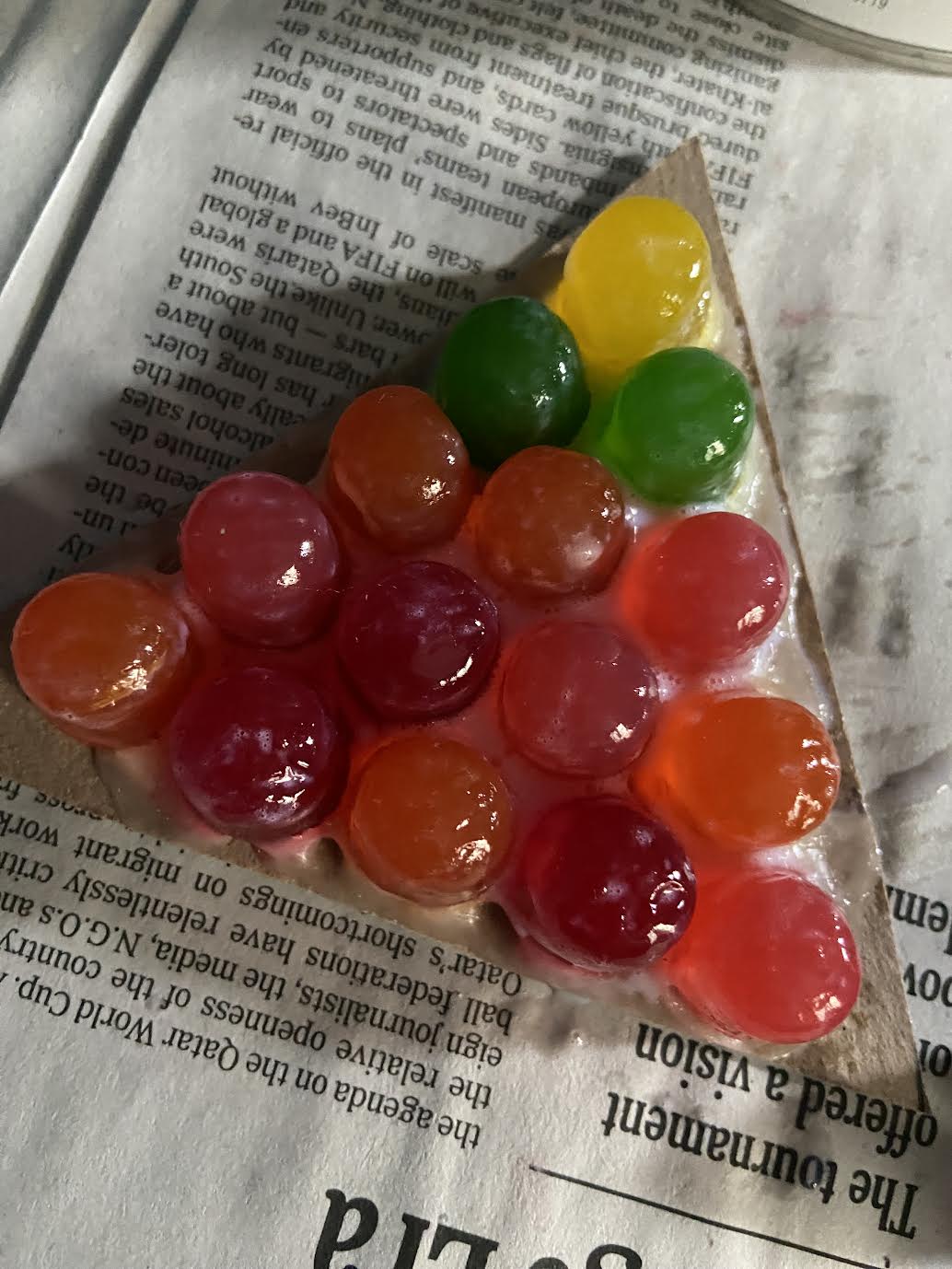This year, I’m starting my Halloween decorations early. I’m using different kinds of candy to decorate my paper mache sculptures to be displayed on New York City’s most iconic Halloween Street on the Upper Westside. I’m attempting to be more crafty.

My goal is to encourage people to indulge in the creativity associated with Halloween instead of candy.
We’re talking about ‘THE SWEETEST TABOO’ aka ‘SUGAR’ with musical inspiration from Sade on this episode of Divabetic’s popular podcast. Guests include Patricia Addie-Gentle RN, CDE, Tameka Milline, Catherine Schuller AICI, CIP, Kathy Dolgin aka ‘High Voltage’, and Stephanie MacKendree.
Halloween’s record-breaking sugar consumption and its detrimental effects on overall health are scarier than any ghost story. It’s been reported that consumers gobbled up a record $36.9 billion in candy, gum, mints, chocolate, and other confections in 2021. High intakes of dietary sugars in a worldwide pandemic of obesity and cardiovascular disease have heightened concerns about the adverse effects of excessive consumption of sugars.
The American Heart Association suggests limiting adding sugars to 100 calories per day (about 6 teaspoons or 24 grams) for most adult women and no more than 150 calories per day (about 9 teaspoons or 36 grams of sugar) for most men.
Last year, I used paper mache for the first time to make several sculptures. I was told that the street’s theme was ‘ghosts,’ which proved untrue. Unfortunately, I didn’t learn the truth until completing all my displays.

One of my sculptures was the Ghost of Lily, the Central Park Zoo Polar Bear (1987- 2004). Lily was the beloved companion of Gus, a 700-pound polar bear that mesmerized tourists. He swam lap after lap in figure-eight patterns, pawing his way through the water with powerful backstrokes. He did this for as many as 12 hours a day. Every day. Every week. Every month. Lily would grin and bear it as she watched and waited for her partner to finish.

This year, I’m using paper mache again to create my sculptures. Although I’m not sharing what my sculptures will be, I have been working on different decorating techniques using candy.

Candy is bright, fun, and festive. Candy colors like yellow, red, orange, and green are eye-catching. Candy corn seems to be the candy most commonly associated with Halloween. The various variations of two and three-color combinations lend themselves to floral designs.
But working with candy, especially in the Summer heat, is challenging. It’s sticky and melts quickly. I’m storing various types of candy in my refrigerator to keep them from distorting their shape. Using a hot glue gun to affix candy to various materials, such as cardboard and paper, is painful. It doesn’t work. So now, I’m using Elmer’s glue which presents its own set of problems.

Janet and Rosetta Van der Voort, born in the 1800s, were two wealthy sisters whose father rarely let them leave the house unaccompanied. The one place they were allowed to visit was Central Park’s Wollman Rink, where they went ice skating in the winter. The two sisters never married were lifelong best friends, and died a few months apart. Since their death, their ghostly spirits have been seen periodically skating together on the Central Park Pond, wearing the same red and purple outfits they wore over 100 years ago.

Divabetic pays tribute to Central Park’s infamous Victorian ghost sisters, Janet and Rosetta Van der Voort, in this short video.





